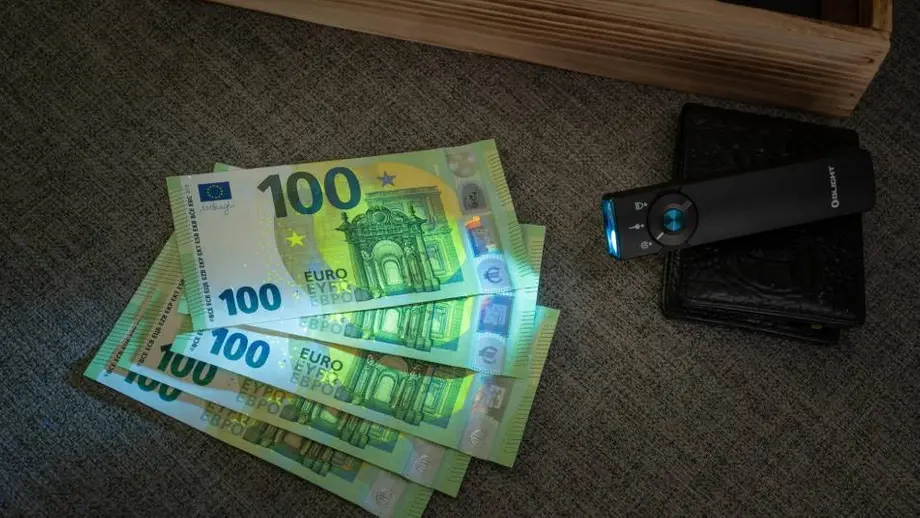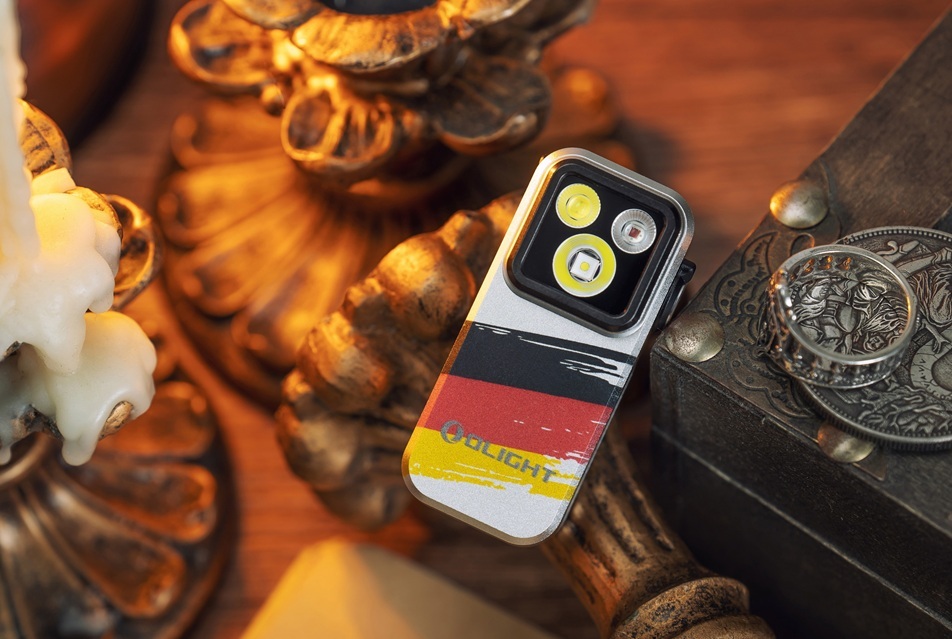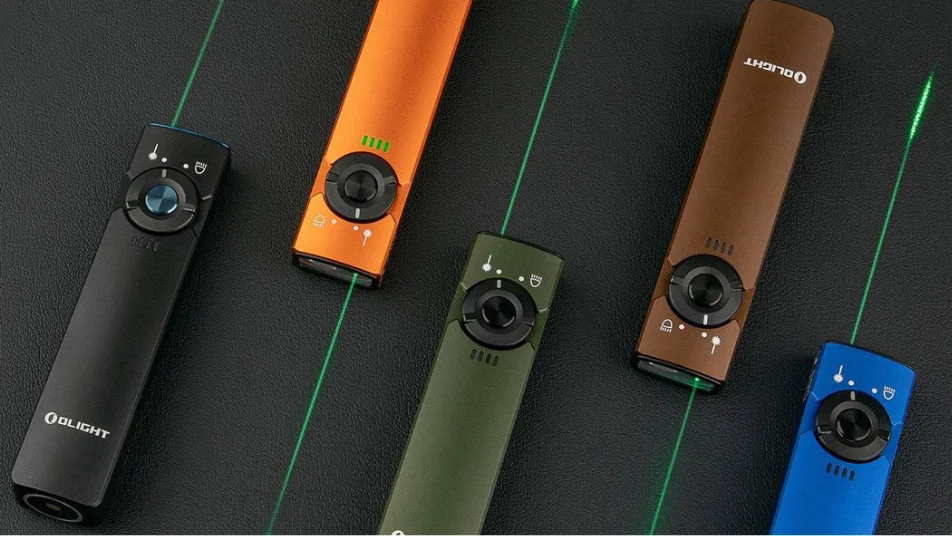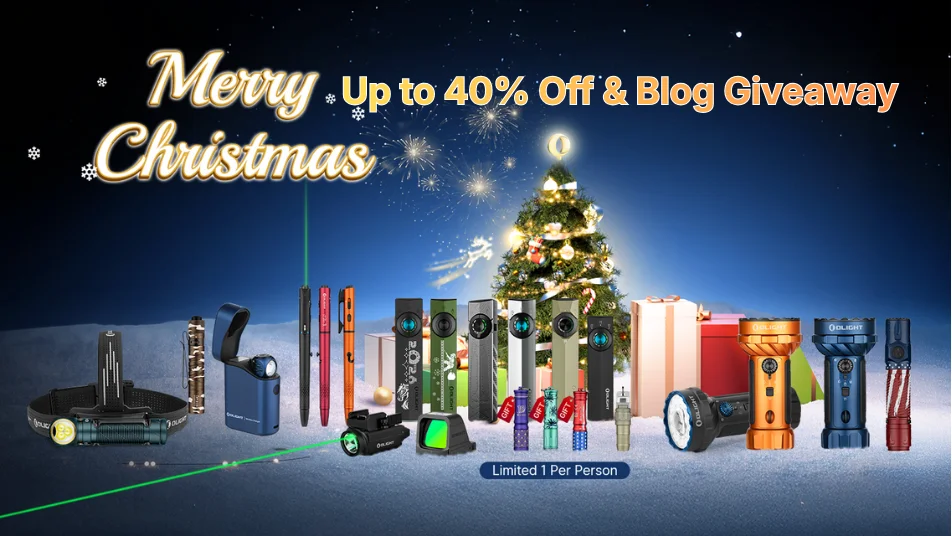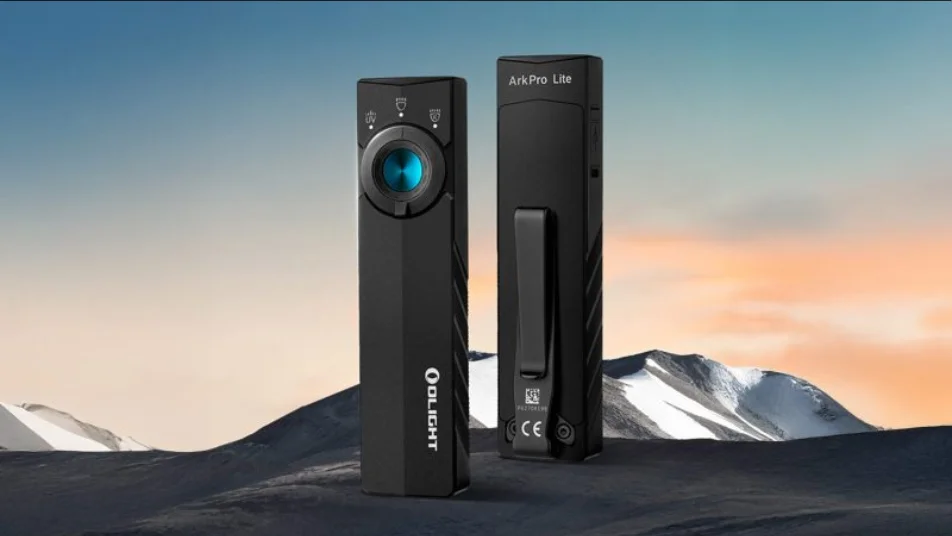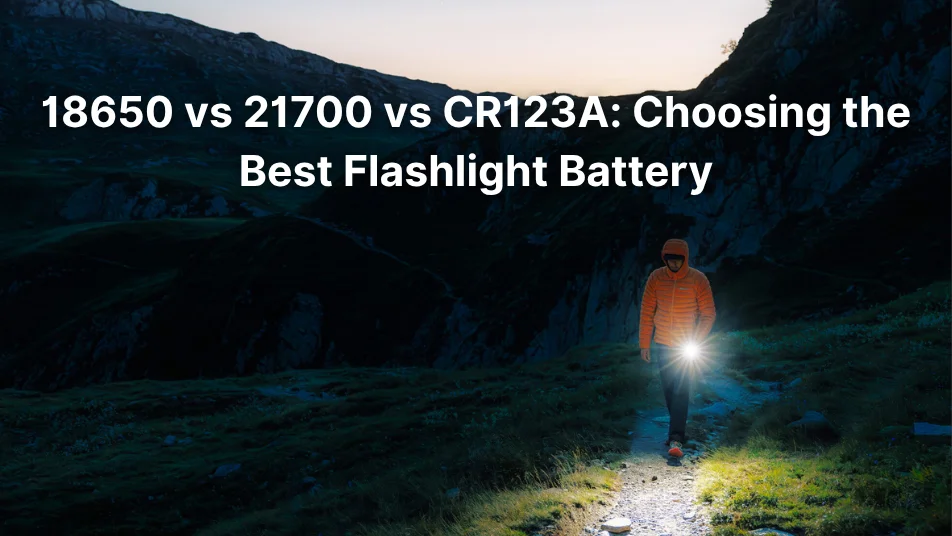Introduction
In 2024, UV flashlights have become indispensable tools for both professionals and hobbyists alike. From detecting counterfeit currency to inspecting plumbing, these versatile devices offer a unique way to reveal what's hidden from the naked eye.
This guide will walk you through the essential features to look for, explain the importance of UV wavelengths, and provide safety tips to ensure you make the most of your UV flashlight. Whether you're a seasoned user or considering your first purchase, our comprehensive overview will help you navigate the world of UV flashlights and choose the best one for your needs. Learn more!
Why You Need a UV Flashlight in 2024
Ultraviolet (UV) flashlights are quite useful tools to have in your kit. While not all situations require the use of UV light, having a quality UV flashlight could help solve problems or aid in invisible inspections.
👉Identifying counterfeit documents and currency. The invisible markers used on legitimate bills and documents will glow under UV light.
👉Inspecting plumbing and wiring. Minor leaks or degraded insulation can be spotted using UV that shows up glow from residue and materials not visible to the naked eye.
👉Checking collectibles for authenticity. Many antiques, artifacts and collectible items have hidden UV markings that verify their authenticity.
👉Examining surfaces for residue. UV light makes it easy to identify substances like body fluids, pet urine and some stains undetectable otherwise.
👉Enhancing gardening and agriculture. UV helps identify plant disease and insect infestation not seen visibly. It's also useful for plant breeding.
👉Making crafts and novelty items. From neon signs to painted artwork, UV reactive materials enable glowing effects only visible with a UV flashlight.
👉General inspections and search operations. These flashlights are utilized by various professionals like crime scene investigators to locate clues invisible to regular light.
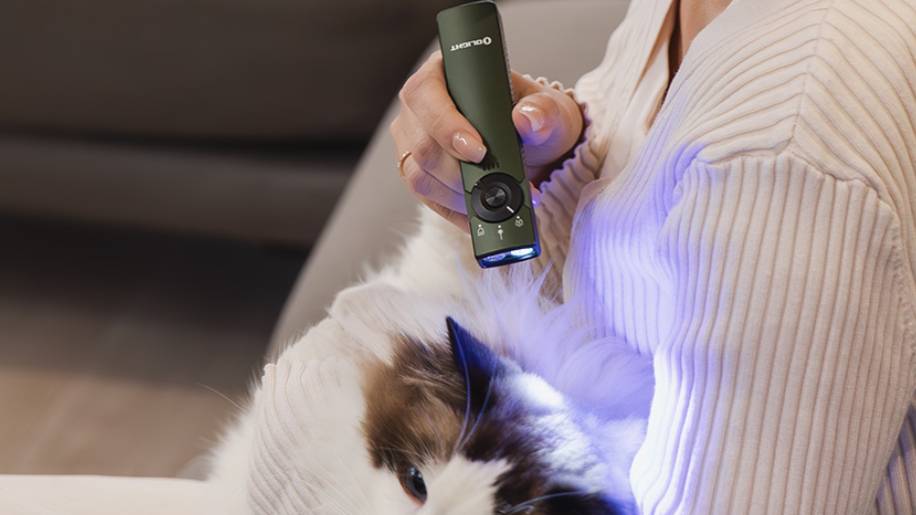
Key Features to Look For in the Top UV Flashlights
When shopping for the best UV flashlight in 2024, there are certain core features that differentiate top performers from less capable options. Consider these essential factors:
UV Wavelength - Look for either 365nm or 395nm, as these offer highest fluorescence. 365nm brings out more glow.
Brightness - Lumens range from 50 to 1000+. Brighter is usually better, aim for 100+ lumens for decent illumination.
Beam Distance - Check published range ratings, with quality models shining 50+ feet. Further is better for inspections.
Battery Type - AAA or rechargeable models offer better longevity than coin cell batteries. Lithium-ion rechargeable uv flashlights provide max runtime.
Water Resistance - At least IPX4 ratings for occasional moisture. Many pros options are fully waterproof/submersible.
Durability - Reinforced construction protects against drops, impacts and rugged usage conditions.
Warranty - One to two years of product protection gives peace of mind for any manufacturing defects.
Extra Features - Like variable modes, SOS signals, UV/white light combinations or accessories add greater usability.
With these core parameters in mind, you can identify UV flashlight models properly equipped to handle your intended applications reliably for years to come.
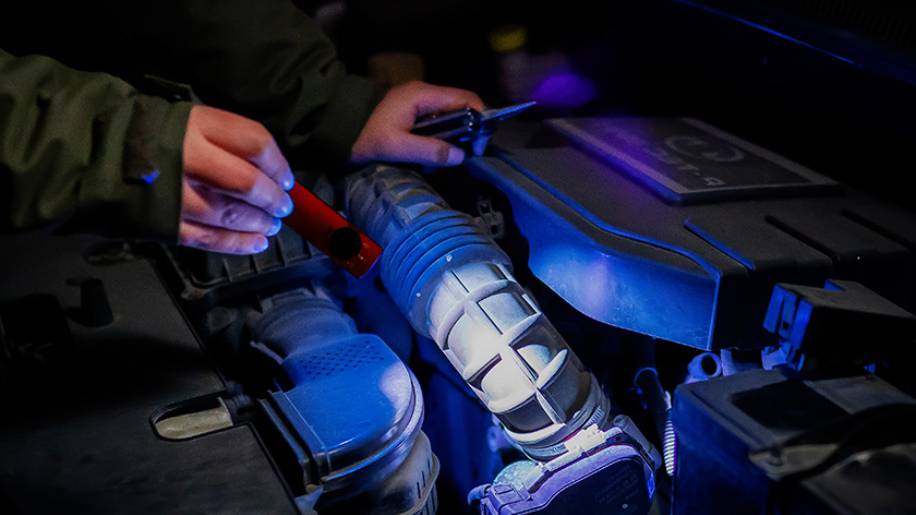
UV Wavelength Explained: Why 365nm vs 395nm Matters
When shopping for a UV flashlight, one of the first specifications to consider is the wavelength of ultraviolet light it produces. The two most common options found across quality brands are 365nm and 395nm LEDs. There are pros and cons to both:
365nm - Produces shorter wavelength UV light, which brings out more fluorescence in materials. This is optimal for fluorescence work and for revealing the most subtle clues invisible to naked eye. However, it's less powerful than 395nm and won't shine as far.
395nm - Provides slightly longer wavelength UV that penetrate further. Flashlights using 395nm LEDs will seem brighter and have a longer beam distance. However, it doesn't stimulate fluorescence quite as efficiently as 365nm, so may miss faint glow details.
In general, 365nm gives brighter fluorescence reactions and is preferable for precision inspection work. 395nm works better for general searches over a wide area thanks to its superior power. For most users either option will perform well, but professionals may prefer a 365nm for its superior material response. Consider intended applications and budget when choosing.
Safety Tips for Using UV Flashlights
While not inherently dangerous, it's wise to handle UV lights carefully to avoid eye and skin damage:
✅Never shine directly into eyes or stare at the light source even briefly.
✅Wear close-fitting UV/wavelength blocking glasses specifically when doing prolonged inspections.
✅Keep the light beam directed away from your skin as much as possible during usage periods.
✅Children should only use UV lights with close adult supervision for safety.
✅Check OEM guidelines for recommended maximum daily usage periods to avoid overexposure.
✅Taking basic precautions allows you to utilize the identification benefits of UV lights without compromising your general well-being. Risk of harm is very low with cautious usage habits.

Proper Maintenance and Care Instructions of UV Flashlights
All electronic tools require occasional upkeep to maintain performance over the long haul:
🔷Keep lenses clean using a microfiber cloth to wipe away dirt/grime buildup harming brightness.
🔷Inspect o-rings and seals for cracking to safeguard waterproof ratings with proper replacements.
🔷Lubricate any mechanisms like switches using a very small amount of silicone lubricant sparingly.
🔷Avoid prolonged exposure to moisture, dust, chemicals or solvents when not in use.
🔷Store in a cool, dry place away from extreme heat sources damaging components.
🔷Refer to manufacturer guidelines for any additional tips tailored to a specific model/design.
Following basic cleaning and storage practices maximizes the service life of even the most affordably-priced UV flashlights for years of continuous use.
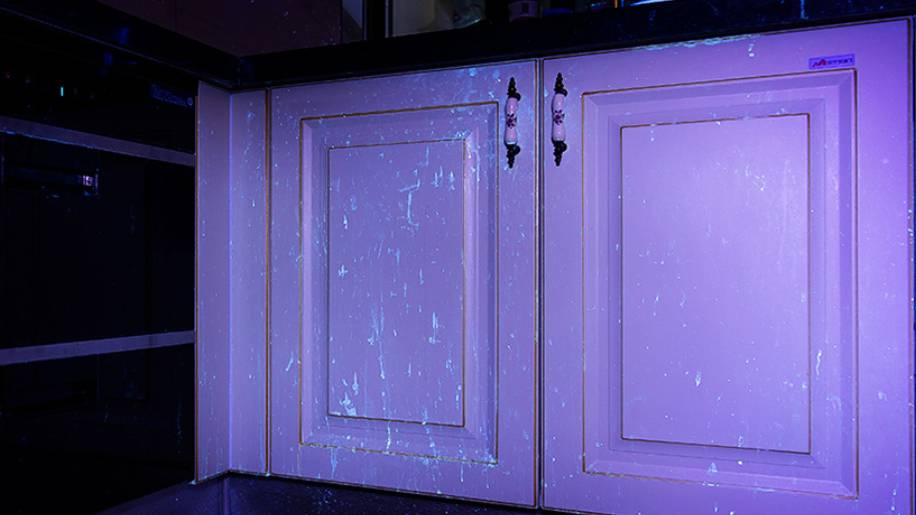
Conclusion
As we've explored, UV flashlights are powerful tools with a wide range of applications in 2024. From professional use in forensics to everyday household tasks, these devices offer unique insights by revealing the invisible. When choosing your UV flashlight, remember to consider key factors such as wavelength, brightness, and durability.
Always prioritize safety when using UV light, and maintain your device properly to ensure its longevity. With the right UV flashlight in your toolkit, you'll be well-equipped to tackle a variety of inspection and detection tasks, empowering you in both your professional and personal life.

